As always, the Soviets were trying to boost the performance of single engine fighters by installing small rockets or ramjets. This is one of those many prototypes.
AG-1 - Glushko RD-1-KhZ rocket (It won’t deactivate when at 100% throttle)
History:
As an experiment, the basic single-seat Sukhoi Su-6 Shturmovik design was converted into a mixed-power high-altitude interceptor named Su-7 (the name was reused in 1950s for a supersonic fighter-bomber). The armor was removed and the fuselage was of all-metal construction. Power came from a Shvetsov ASh-82FN piston engine with two TK-3 turbochargers in the nose and a Glushko RD-1-KhZ rocket engine in the tail. The piston engine produced 1,380 kW (1,850 hp), while the rocket engine utilized kerosene and nitric acid for fuel and generated 2.9 kN (600 lbf) of thrust for up to 4 minutes. Armament consisted of three 20 mm ShVAK cannon with 370 rounds of ammunition. The sole Su-7 was completed in 1944. Test flights demonstrated a top speed of 510 km/h (275 kmph, 315 mph) at 12,000 m (39,370 ft) without the rocket motor, and 705 km/h (380 kmph , 440 mph) with the rocket. In 1945, the rocket motor exploded during flight testing, killing the pilot and destroying the aircraft.
- Wikipedia


Specifications
General Characteristics
- Created On iOS
- Wingspan 50.2ft (15.3m)
- Length 34.9ft (10.6m)
- Height 12.0ft (3.7m)
- Empty Weight 6,406lbs (2,905kg)
- Loaded Weight 13,315lbs (6,039kg)
Performance
- Power/Weight Ratio 0.253
- Horse Power/Weight Ratio 0.138
- Wing Loading 32.1lbs/ft2 (156.8kg/m2)
- Wing Area 414.7ft2 (38.5m2)
- Drag Points 1938
Parts
- Number of Parts 37
- Control Surfaces 7
- Performance Cost 254

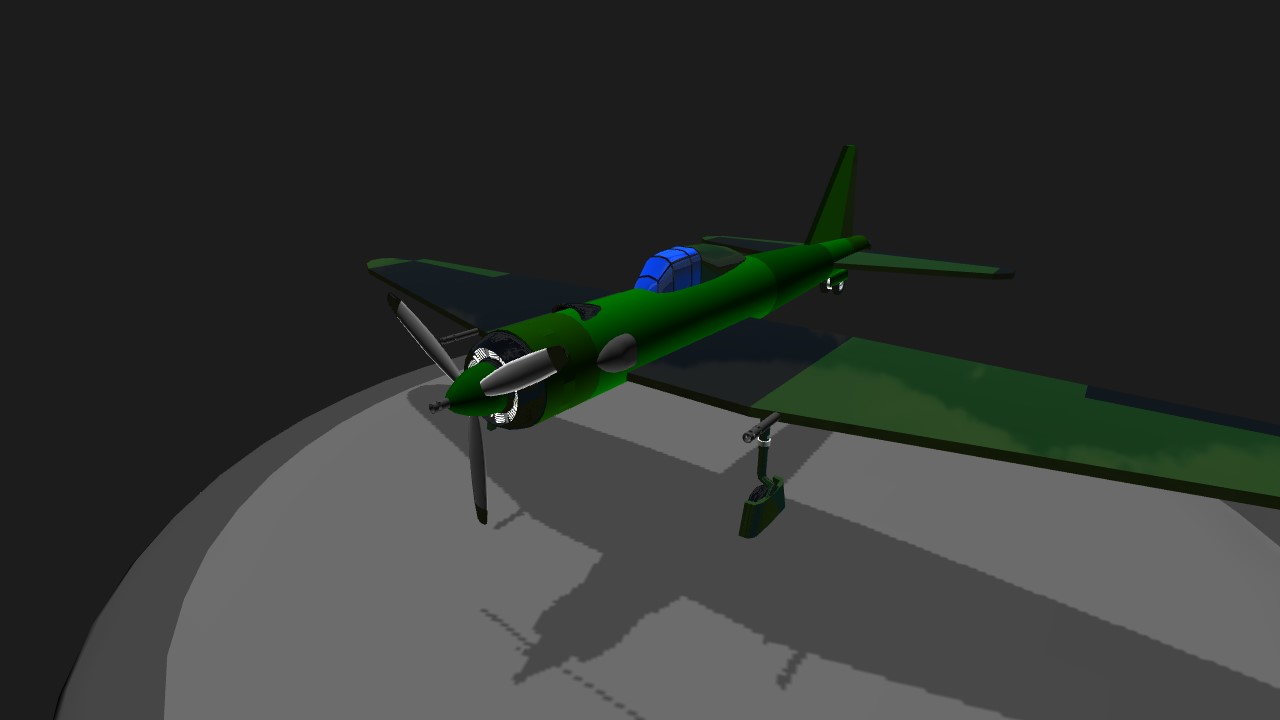
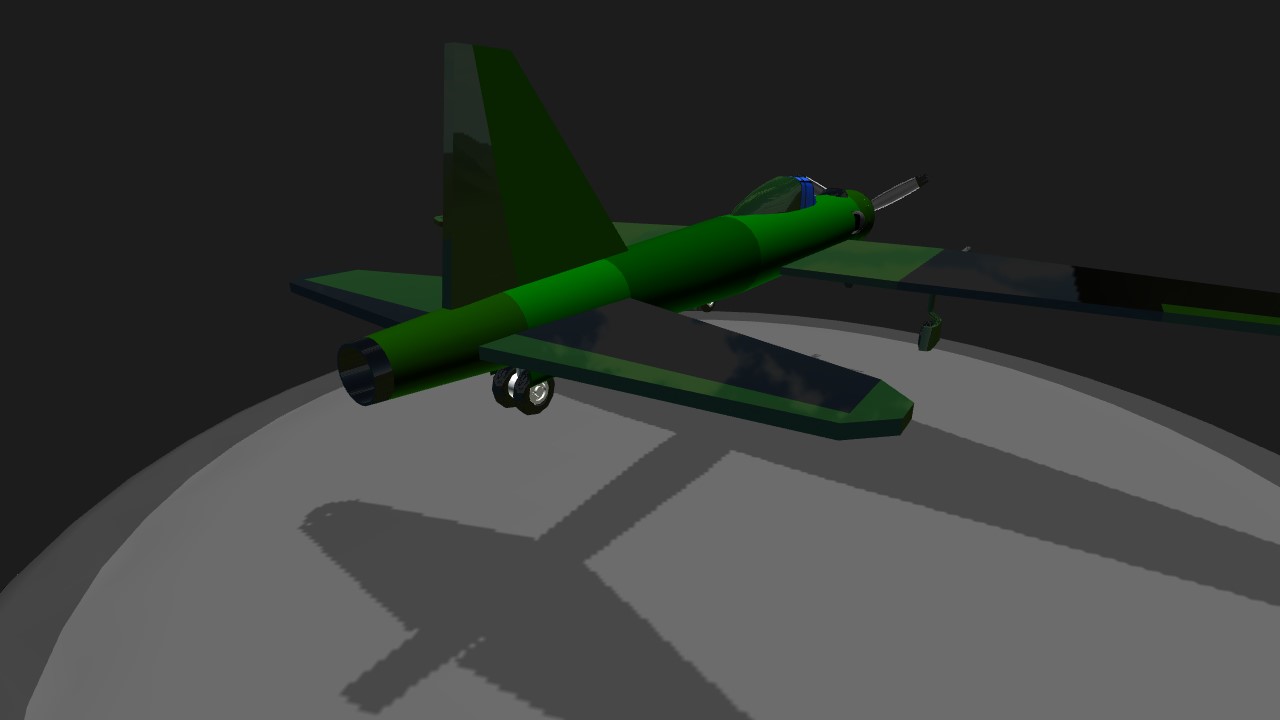
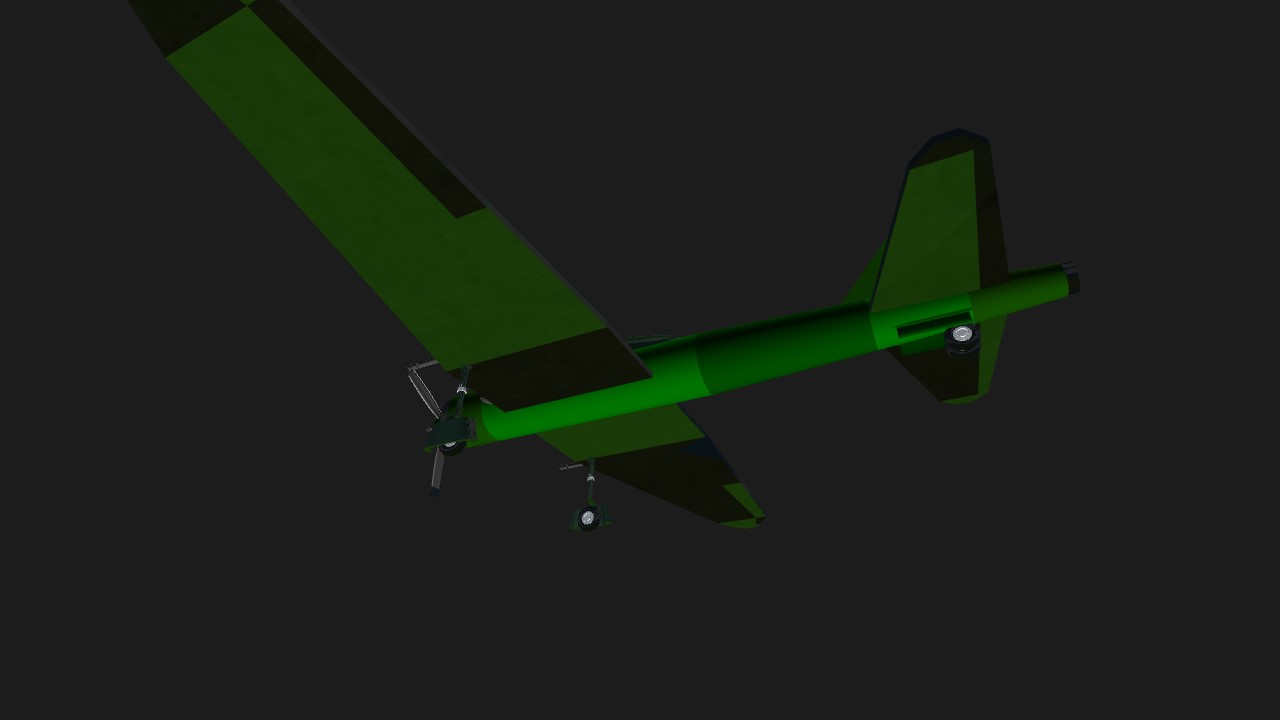
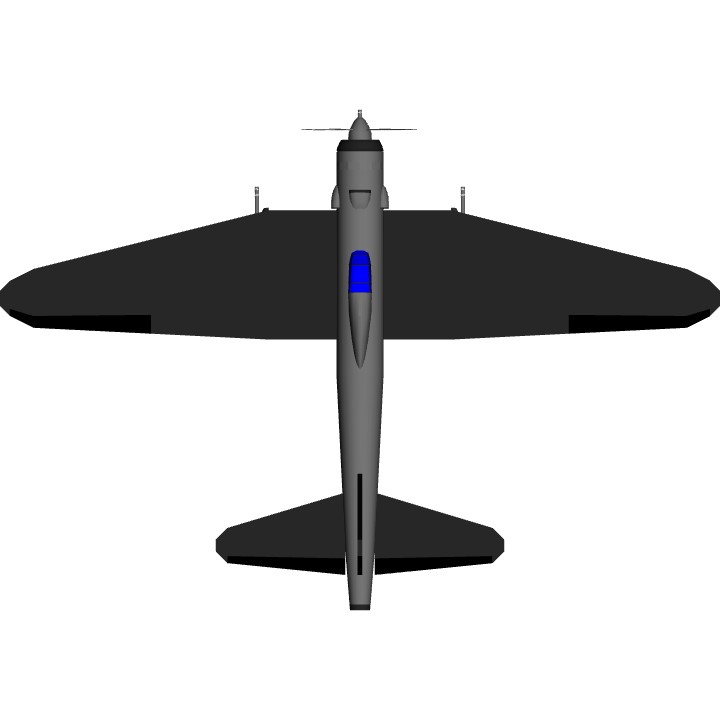

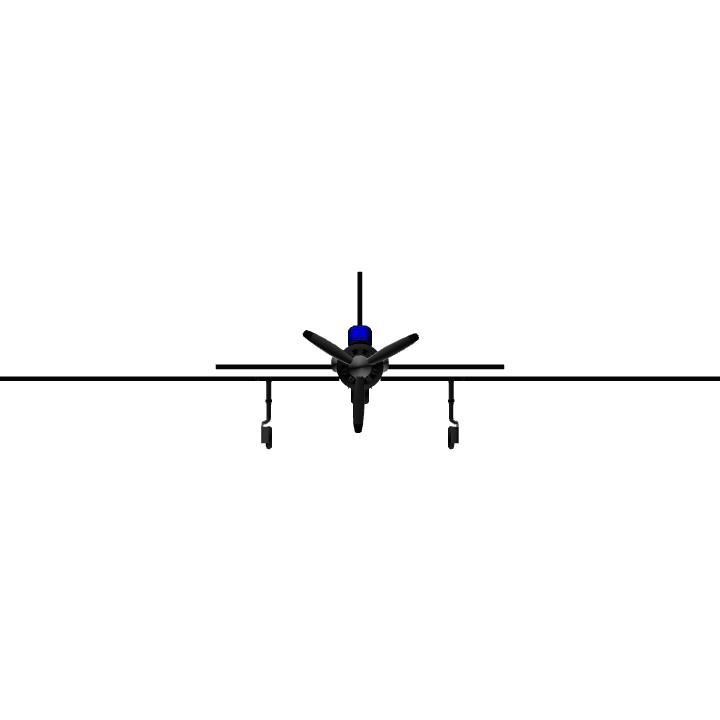
Np comrade! @AircraftoftheRedStar
@Strikefighter04 Thank you for your upvote.